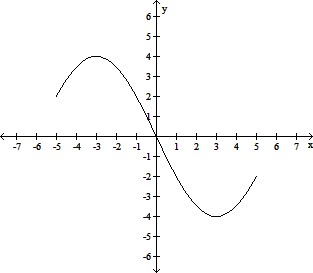Let A = {1, 2, 3, 4} and B = {a, b, c}. Define a function G: A ? B as follows:
G = {(1, b), (2, c), (3, b), (4, c)}.
(a) Find G(2).
(b) Draw an arrow diagram for G.
a. G(2) = c
b. Draw an arrow diagram for G.
You might also like to view...
Add.513 + 63,841
A. 68,971 B. 65,784 C. 64,354 D. 63,354
Find the least common multiple of the given polynomials.x2 - 2x, (x - 2)2
A. x(x - 2) B. (x + 2)(x - 2)2 C. x(x + 2)2 D. x(x - 2)2
Suppose that the function with the given graph is not f(x), but f'(x). Find the locations of all extrema, and tell whether each extremum is a relative maximum or minimum.
A. No relative extrema B. Relative maximum at -3; relative minimum at 3 C. Relative minimum at 0 D. Relative maximum at 0
Solve the problem.A circle of radius r is inscribed in a square with sides 2r as shown in the figure. Express the total of the shaded areas in terms of r and ? as a completely factored polynomial.
A. r2(4 - ?) B. r2(2 + ?)(2 - ?) C. ?2(4 - r) D. r(2-?)2